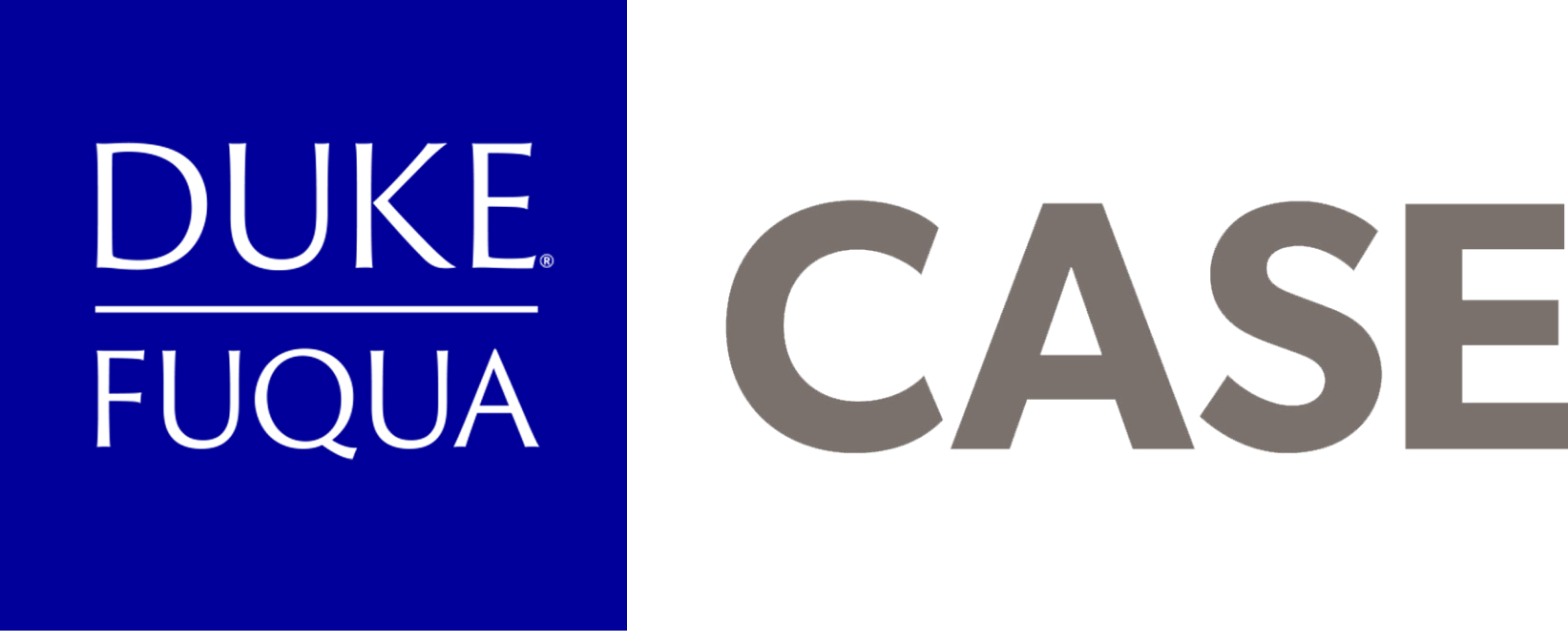This post was written by Evelyn Powery, a 2015 graduate of the Duke MBA program, in June 2015. While at Fuqua, Evelyn served as student co-chair for CASE i3 and as a CASE fellow.
The CASE i3 Fellowship allows practitioners to engage MBA students on real-world challenges related to the diverse field of impact investing. As the CASE i3 student co-chair this year, I completed an independent study with Enclude, a specialist advisory firm dedicated to building more inclusive and sustainable local economies.
Enclude’s Gender Team works with financial institutions, companies and social enterprises to more effectively serve women clients. My project with the Enclude Gender Team was to develop a tool to help financial institutions understand and assess their current levels of gender engagement, design and deliver products and services that meet the needs of women clients, and benchmark their current and expanded performance against others. This tool will also allow impact investors to identify and support operating entities and banks that intentionally meet the needs of women entrepreneurs and clients.
Why is this focus on women so important? Women entrepreneurs lead one-third of all small and medium enterprises (SME) in developing countries. However, only 16-18% of SME lending goes to women-led enterprises, leaving a gap that Enclude is hoping to help its clients fill. As we look at the barriers that women face and ways that financial institutions can be more intentional about reaching women effectively, the goal is to help women-led enterprises grow stronger, making the entire community stronger. To get there, we will need to see collaboration between lenders, entrepreneurs, capacity-builders, government agencies, and advisory firms like Enclude.
Over the course of the school year, I worked with Laurie Spengler, President & CEO, (hear more from Spengler in her CASE Chat video interview) and Kelly Robbins, Special Projects Lead, to identify barriers that women face and the key indicators of client relationship success that financial institutions should be measuring for both genders.
First, I conducted general research regarding financial inclusion for women and learned more about Enclude’s capital and capacity services. We then built a list of barriers to financial inclusion and indicators that could eventually be used for a gender benchmarking tool. I found and analyzed macro- and micro-level sector data from the World Bank and other public sources and drafted a template to visually display the data in a document that Enclude could customize for prospective clients.

Preliminary analysis of this data gave insights, for example, about female participation in principle ownership and preferred deposit and withdrawal channels by gender and country. Going forward, several stakeholders involved in gender lens investing will participate in the refinement and roll out of the full benchmarking tool.
In the future, this tool will be added to Enclude’s suite of capacity and capital advisory offerings. Enclude will complete the assessment for financial institutions around the world, and this comprehensive offering will increase the effectiveness of the services they offer to financial institutions.
Working with Enclude I learned quite a bit about female financial inclusion. I enjoyed the experience of finding data from scratch, analyzing the data, and finding a client-friendly way of displaying it. I am grateful for the opportunity to work with a for-profit advisory firm, and I hope to leverage what I have learned about data and metrics, along with knowledge about female empowerment, in my professional career.

